This year I got a chance to talk with Cadence at DVCon on a whole bunch of topics, so expect a steady stream of blogs over the next couple of months. First up was an update from Pete Hardee (Director of Product Management) on, surprise, surprise, formal verification. I’m always trying to learn more about this space, so I picked a couple… Read More
Author: Bernard Murphy
Machine Learning Neural Nets and the On-Chip Network
Machine learning (ML), and neural nets (NNs) as a subset of ML, are blossoming in all sorts of applications, not just in the cloud but now even more at the edge. We can now find them in our phones, in our cars, even in IoT applications. We have all seen applications for intelligent vision (e.g. pedestrian detection) and voice recognition… Read More
Another Application of Automated RTL Editing
DeFacto and their STAR technology are already quite well known among those who want to procedurally apply edits to system-level RTL. I’m not talking here about the kind of edits you would make with your standard edit tools. Rather these are the more convoluted sort of changes you might attempt with Perl (or perhaps Python these days).… Read More
An Advanced-User View of Applied Formal
Thanks to my growing involvement in formal (at least in writing about it), I was happy to accept an invite to this year’s Oski DVCon dinner / Formal Leadership Summit. In addition to Oski folks and Brian Bailey (an esteemed colleague at another blog site, to steal a Frank Schirrmeister line), a lively group of formal users attended… Read More
ARM and embedded SIM
It seems that a hot ticket at Mobile World Congress this year was embedded SIM announcements. As a reminder of why this space is hot, cellular communication for provisioning and data uploads is a very real option for many IoT devices. In agricultural, smart energy and asset tracking applications for example, near-range options… Read More
Concluding Inconclusives
Formal methods are a vital complement to other tools in the verification arsenal, but they’re not without challenges. One of the more daunting is the “inconclusive” result – that case where the tool seems to be telling you that it simply gave up trying to figure out if a particular assertion is true or false. Compounding the problem,… Read More
Connecting Coherence
If a CPU or CPU cluster in an SoC is the brain of an SoC, then the interconnect is the rest of the central nervous system, connecting all the other processing and IO functions to that brain. This interconnect must enable these functions to communicate with the brain, with multiple types of memory, and with each other as quickly and predictably… Read More
An AI assist for 5G enhanced Mobile Broadband for mobile platforms
If you’re not up-to-speed on 5G, there are three use-cases: eMBB(enhanced mobile broadband) for mobile platforms (Gbps rates, immersive gaming, VR, AR – spectrum usage also extends up to mmWave, but that’s a different topic), mMTCfor massive machine type communication (ultra-low cost, ultra-low power, very dense networks)… Read More
A Development Lifecycle Approach to Security Verification
We have become accustomed to the idea that safety expectations can’t be narrowed down to one thing you do in design. They pervade all aspects of design from overall process through analysis, redundancies in design, fault analytics and mitigation for faults and on-board monitors for reliability among other requirements and techniques.… Read More
Securing embedded SIMs
If you have a phone, you probably know it has a SIM card, for most of us the anchor that ties us into a 2/3-year plan with one network provider, unless you have an unlocked phone. Even then, you have to mess around swapping SIM cards if you travel overseas. Wouldn’t it be nice if the SIM was embedded and could be switched though an app or an… Read More

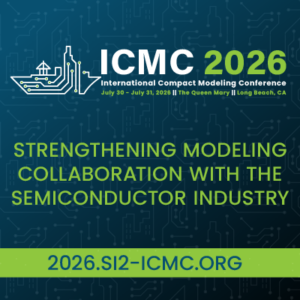


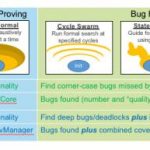
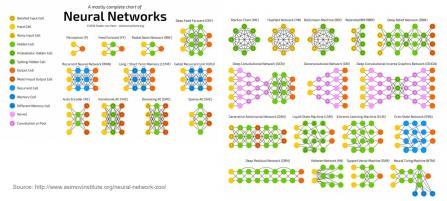


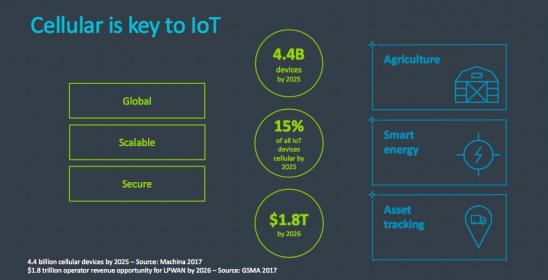


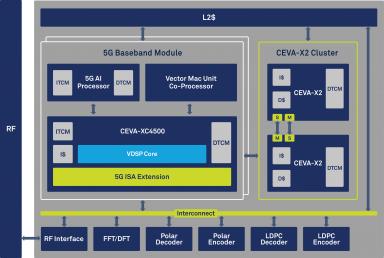




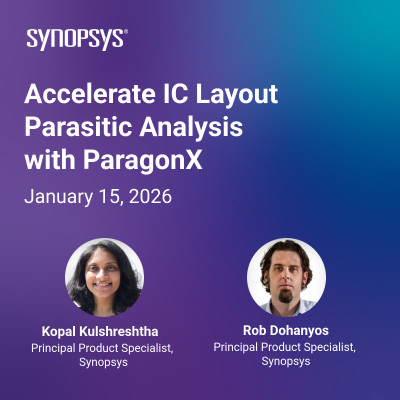




Quantum Computing Technologies and Challenges